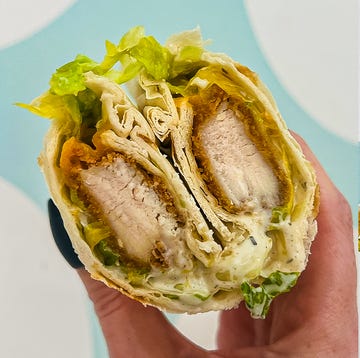Since we're in prime baking season, and because The Great British Bake-Off has inspired pretty much everyone to create their own over-the-top confections, the FDA is offering some helpful advice on how to safely bake with glitter. Unfortunately, the dusts and glitters you find at the store aren't always edible—so when you're looking at things like disco dust, twinkle dust, and shimmer powder, you'll want to take a close look before adding it to your cookies or cakes.
Luckily, it's pretty easy to figure out if what you're looking at is edible. Companies that make edible glitters and dusts are required by law to include a list of ingredients on the label, so if you flip it around and there are no ingredients, that's a red flag that it's likely not meant for consumption.
If it is meant to be consumed, it will most likely say "edible glitter" somewhere on the packaging (like the Wilton Glitter Stars above!) and include common ingredients like sugar, acacia, and cornstarch.
Another important note: Just because it says "non-toxic" does not mean it's edible. Similarly, if it says "for decorative purposes only," it should not be put directly on your food. I know, I know, that one seems pretty obvious, but just putting it out there so we're all clear.
Last note—if you're buying from a bakery, double check with them that all the ingredients used are edible. Better safe than sorry, especially around the holidays.















